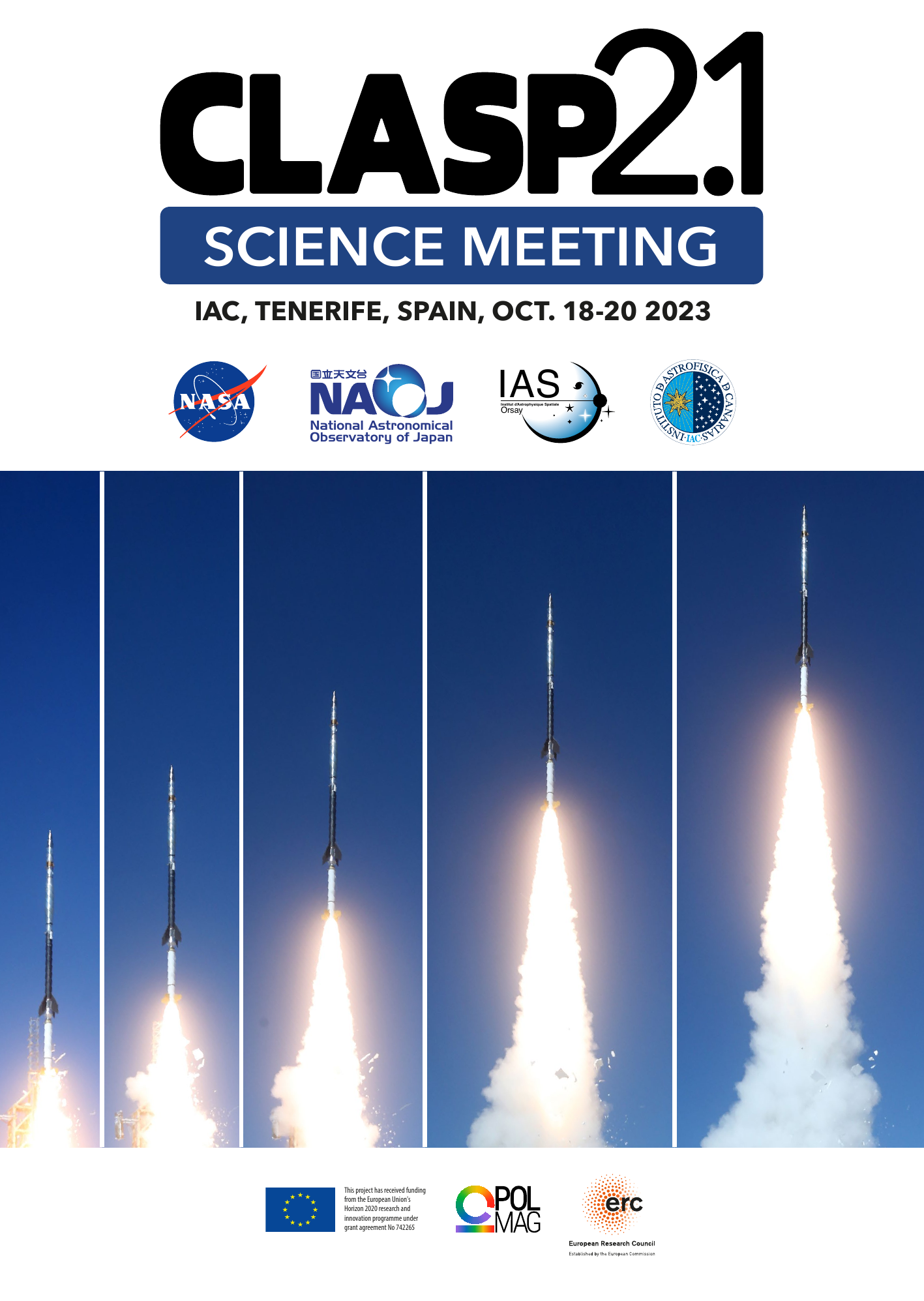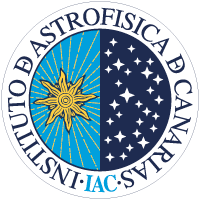Overview
In 2008, an international team started a novel suborbital rocket experiment program, which has led to important advances in the spectropolarimetric measurement of solar ultraviolet lines. In September 2015, the Chromospheric Lyman-Alpha Spectro-Polarimeter (CLASP) sounding rocket experiment achieved the first measurement of the linear polarization produced by scattering processes in the hydrogen Lyman-α line of the solar disk radiation, opening a path for probing the magnetic field and the three-dimensional structure of the plasma in the chromosphere-corona transition region.
After that first success, the Chromospheric LAyer Spectro-Polarimeter 2 (CLASP2) was developed to measure all four Stokes parameters in the 280 nm range around the Mg II h & k lines. In April 2019, CLASP2 was launched and it provided, for the first time, observational data on the detailed wavelength variation of the polarization resulting from the joint action of scattering processes and magnetic fields (via the Hanle and Zeeman effects) in this important region of the near ultraviolet solar spectrum. The polarization signals, simultaneously measured in several spectral lines, allowed us to infer information on the magnetic field from the photosphere all the way up to the chromosphere-corona transition region at each spatial point along the spectrograph’s slit, which was kept fixed during the observation of each of the two selected targets.
In order to map the magnetic field at multiple heights in the chromosphere of an active region plage over an extended area of the solar disk, a third suborbital mission (CLASP2.1) was approved by NASA. On October 8 2021, the instrument was successfully launched to space and it measured the Stokes profiles in the spectral region containing the Mg II h & k lines over a two-dimensional field of view. In October 2023, the international team will hold the CLASP2.1 Science Meeting at the Instituto de Astrofísica de Canarias (IAC) to discuss the results obtained so far through the analysis and theoretical modeling of these unprecedented spectropolarimetric observations.
Download the CLASP2.1 Science Meeting Poster (A3 size, PDF format)

